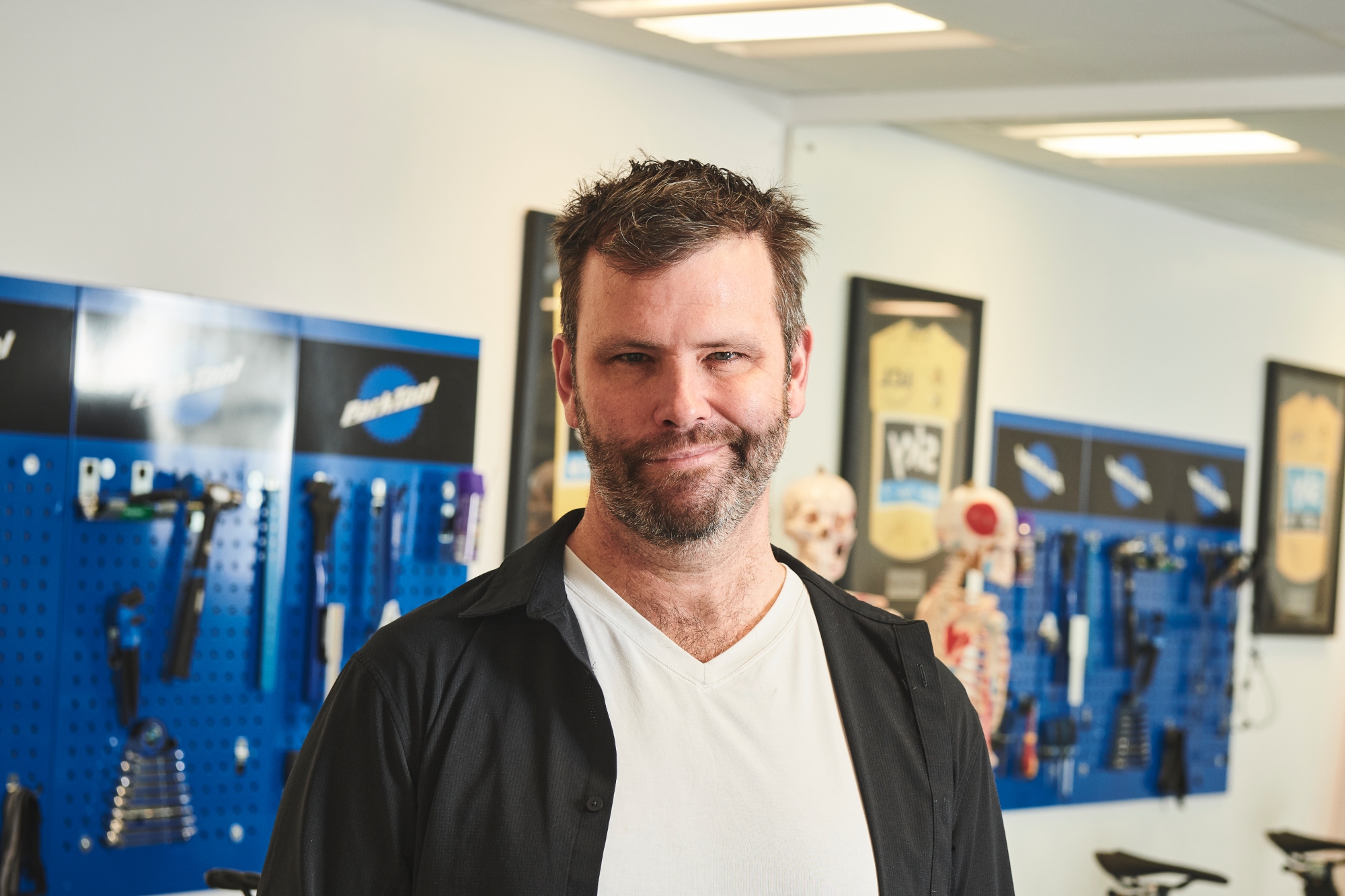11 bike fit trends you need to know about, according to British Cycling’s former physio guru
Getting correctly set up on your bike can make a big difference to comfort as well as performance. Phil Burt outlines the latest developments in the art and science of bike-fit…
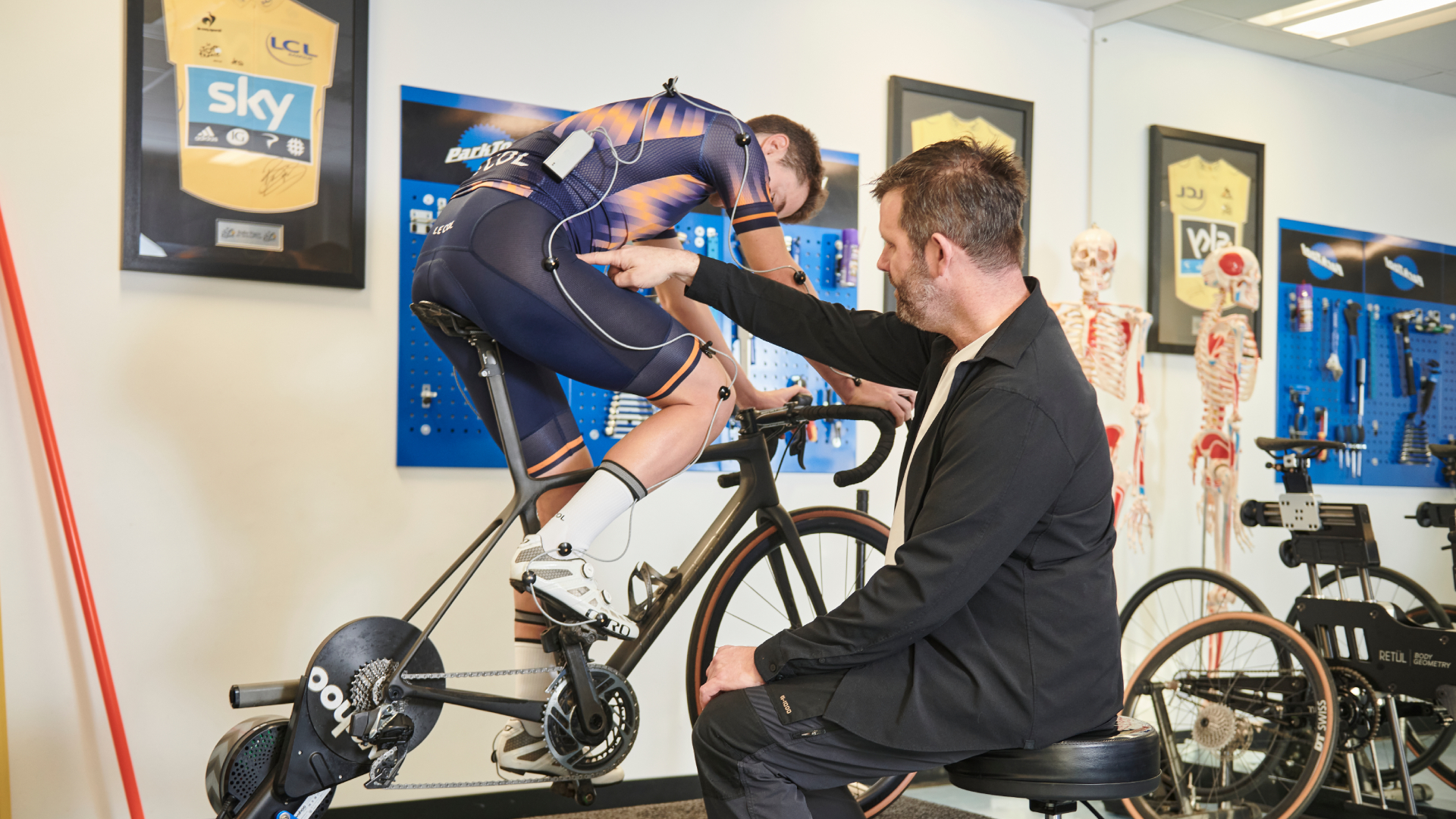
- 1. You might not need one
- 2. Far more types of fit available
- 3. Motion and power anaylsis
- 4. Bikes come in more shapes and sizes
- 5. Short cranks are the new long cranks
- 6. Broader stance on… stance
- 7. The long, narrow saddle is not for everyone
- 8. There’s no end of treats for your feet
- 9. Fit matters just as much indoors
- 10. Off-bike movement work is now mainstream
- 11. Next-gen pads are on the way
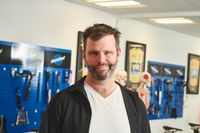
Like your riding position, the practice of bike-fitting evolves over the years. Since riders began taking a scientific approach to their set-up in the 1980s, biomechanists, physios, coaches and riders themselves have learnt a lot about how geometry affects comfort, performance, efficiency and durability. Some of these improvements grew out of deliberate research, others from chance discovery during trial-and error experimentation.
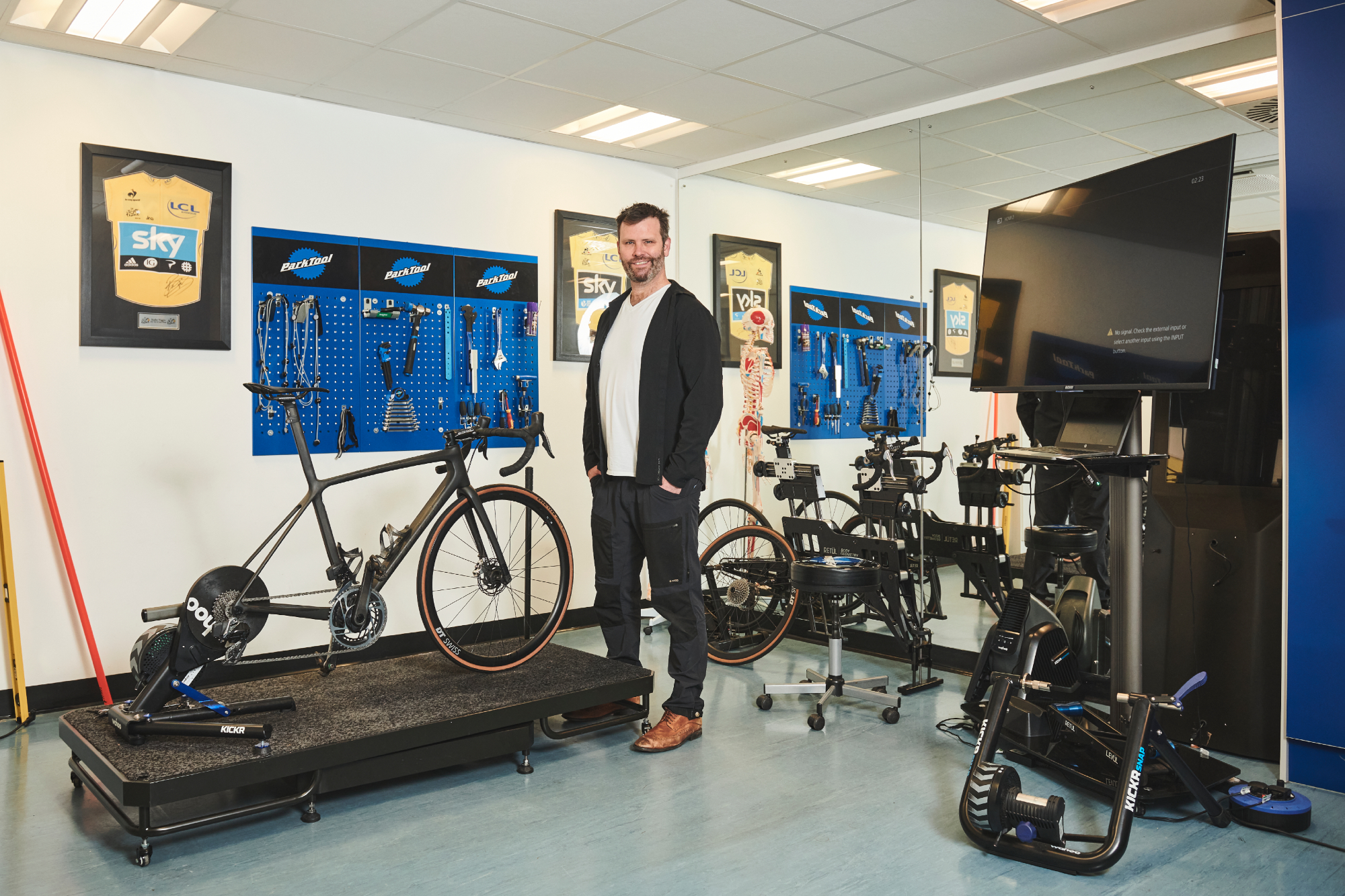
I worked as lead physio at British Cycling for 12 years, through three Olympic cycles, and saw the impact of many of these changes first-hand – and even played a part in a few of them. My first bike-fit book was published in 2014, and since then there have been so many important developments in the field that I knew a substantial update was due. The fully revised second edition was launched last year. In this feature, I want to share with you some of the headline changes in bike-fit over the past decade so that you can put them into practice, whether it’s to improve comfort, ease a niggle, or just to go that bit faster.
1. You might not need one
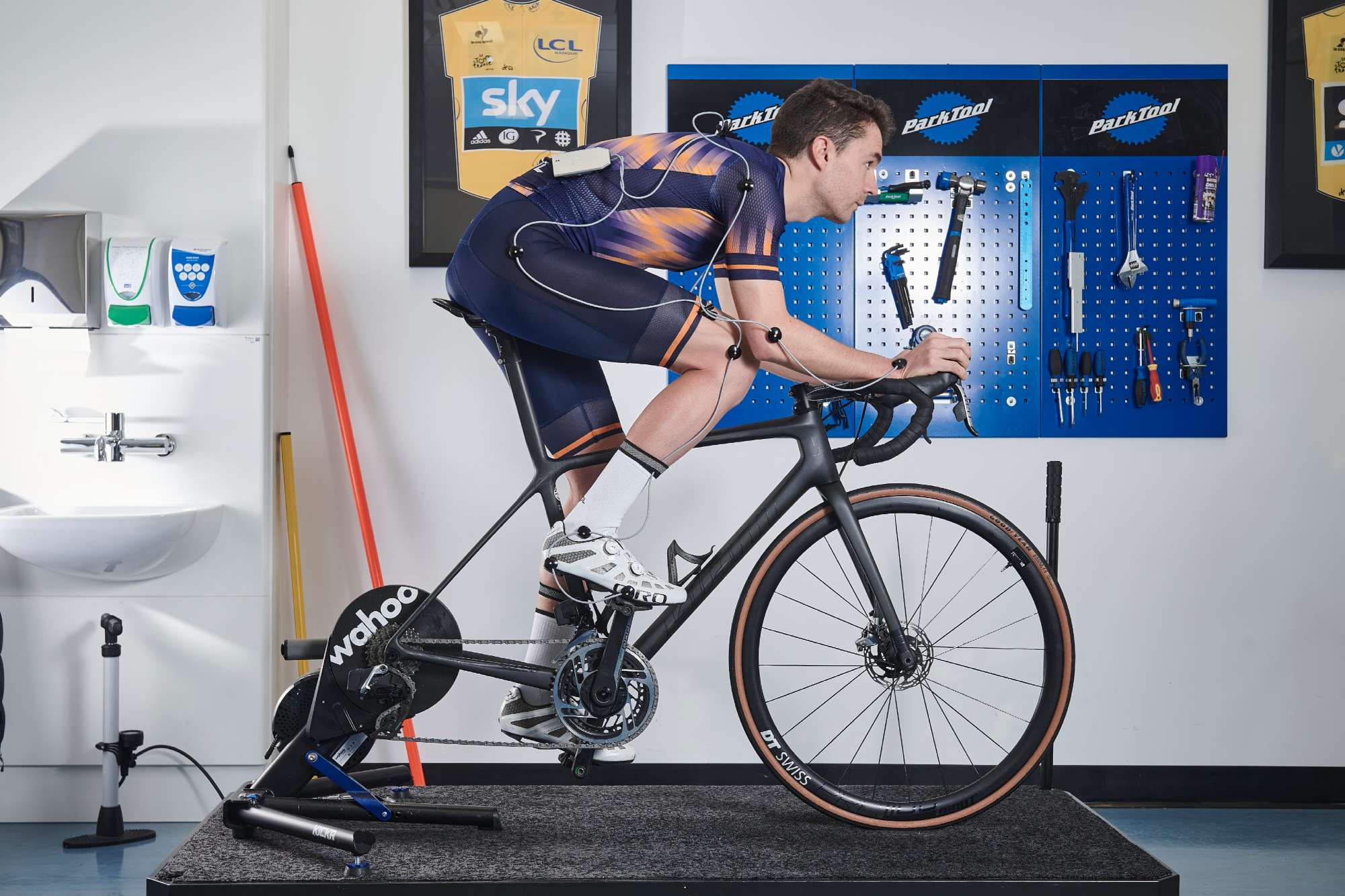
Not everybody needs a bike-fit. That can be a controversial thing to say among my fellow biker-fitters, but it’s true. There is no exact ideal position for each rider. Instead, there is a bikefit window – a tolerance range that some riders stumble into by chance or instinct. Some people’s windows are narrower than others, depending on their particular injury history, biomechanics and the demands of their cycling. That said, everybody stands to make some gain from having a quality fit – you don’t know what you don’t know!
If you’re having pain or discomfort on the bike, booking a bike-fit is a very good idea. The less straightforward motivation is a desire to improve performance, which requires a bit of thought about the extent to which your position can and should be optimised. Some riders come for a fit just because they’re getting older, recognise they’re not as flexible as they used to be and want to make sure their bike set-up is going to give them many more years of pain-free cycling – that’s a wise move.
2. Far more types of fit available
There is huge variance between the bike-fits on offer, ranging from the purely observational – someone putting you on a turbo in the back of a bike shop – all the way up to wind tunnels, dynamic motion analysis, pressure mapping and all the rest. More technology does not guarantee a better bike-fit. For example, I’ve used Retül equipment for years, but it is just a tool – unless it’s correctly used, the technology counts for very little. Far more important is doing your research around the experience, reputation and philosophy of the bike-fitter. Ask around among your club-mates: where did they go, and did it work for them?
Generally, you get what you pay for. Some bike-fitters offer a cheaper price, which they try to supplement by selling add-ons – sometimes justified, but not always. This is something I generally avoid, as personally I don’t want anyone to feel like they’re being sold extras they don’t really need. If you’re suffering from physical issues and pain, it might be wise to opt for a physio-led bike-fit, as a fitter without healthcare training might not have the knowledge needed to confidently help. That said, any good fitter will know intuitively when a rider needs referring for specialist medical help, but it can take longer with that extra step.
3. Motion and power anaylsis
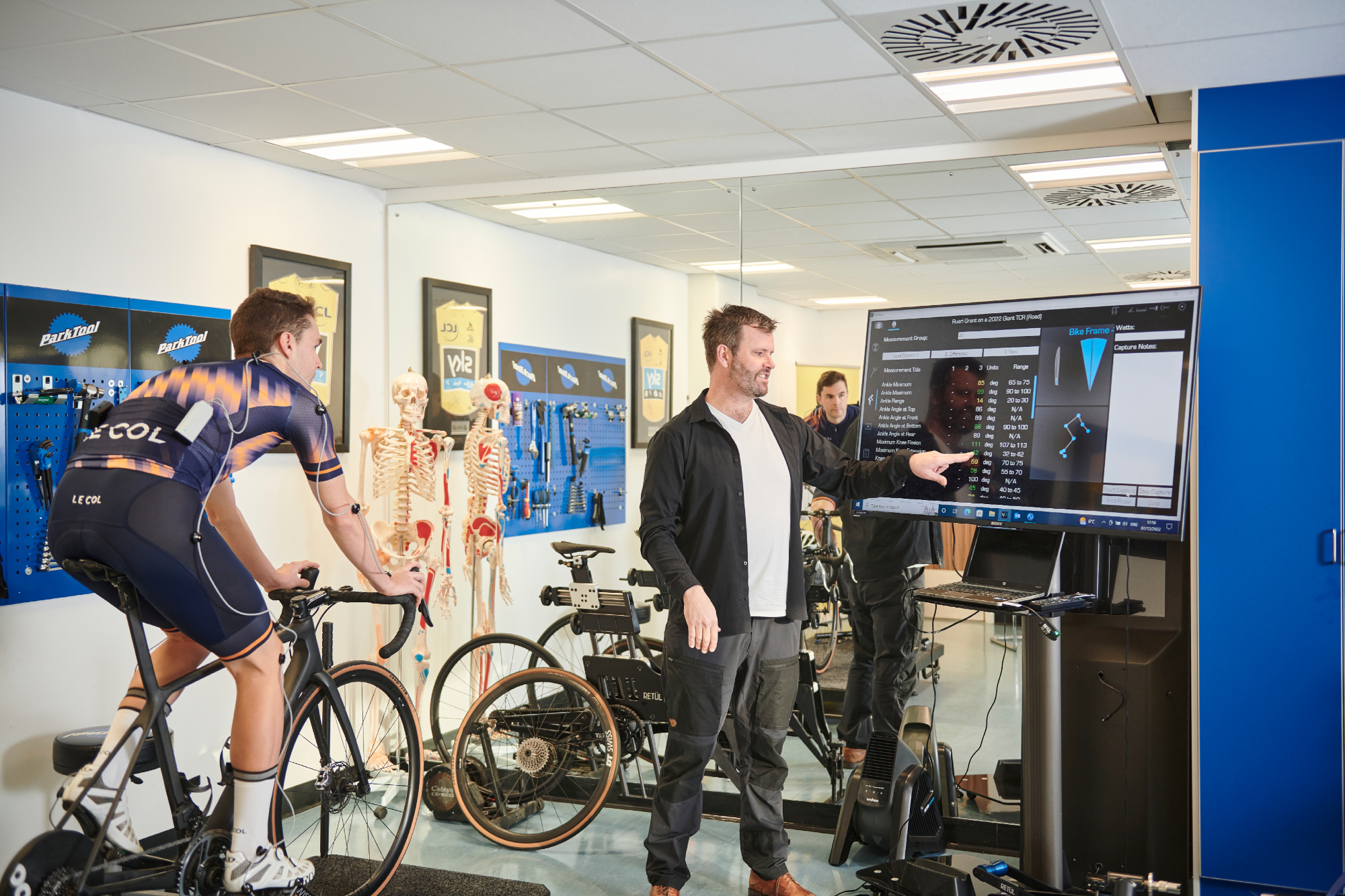
Nowadays, far more riders have power meters, which allows them to measure the impact of a bike-fit on their performance. That really helps us. Sometimes a rider will come back to us after a fit and tell us the new position has resulted in a whole new batch of PBs, which is always nice to hear.
The latest race content, interviews, features, reviews and expert buying guides, direct to your inbox!
Reliable dynamic motion has not changed in terms of its core principles, but the technology has become easier to use: I’m able to change a saddle height and immediately see how that’s affecting every other joint angle in real time. This means we can get much more done within a session. We’re able to gather much more data, though admittedly that comes with a risk of paralysis by analysis! The fitter needs to know how to use the data constructively to make meaningful improvements.
4. Bikes come in more shapes and sizes
Fifteen years ago, most manufacturers’ top-end bike was their Tour de France race bike with a really aggressive position. That has changed massively now, with far more realistic positions for regular riders. Most of us spend much of our working lives in a sitting position, and that isn’t conducive to flexibility. Manufacturers have wised-up to that. The geometries have changed, particularly the stack and reach, allowing more comfortable riding over longer distances. Regular riders are getting better at understanding that the bike best suited to them might not be the full-on race model.
Wider tires and disc brakes have also made a huge difference to overall comfort. There are more modification options available too: different widths of handlebars, for instance – many women find a narrower set of bars suits them better, as it shortens reach.
5. Short cranks are the new long cranks

Back in the Bradley Wiggins era, tall guys like him would use long cranks, the theory being that long levers gave the best torque-power relationship. Since then, biomechanists have done the work and established that crank length doesn’t affect power production in endurance cycling. With a longer crank, you’re forced to bring your leg up higher, requiring a more extreme angle at the hip and amplifying any physical asymmetry – all for no performance gain.
I predict that over the next 10 years, shorter cranks will become much more common, if not standard fitment. These days, I prescribe shorter cranks confident that I’m improving comfort and durability while taking nothing away from performance. Wiggins ended up dropping from 177mm all the way down to 170mm cranks for the Hour record. For time triallists, my golden rule is to use 5mm-shorter cranks for TTs than for road riding, as opening up the hip is extra important in a more extreme racing position and it’s more aerodynamic too – about 1 per cent aero gain for every 5mm shorter. In sub-max cycling, there is just no rationale for longer cranks.
6. Broader stance on… stance
Almost all cyclists have their pedals set exactly the same width apart, which doesn’t really make sense if you consider the varieties in shapes and sizes of the human body. If you have a naturally wide stance while standing and walking, having too narrow a stance width on your bike can cause a lot of pain and discomfort. An increase of 2-4mm is usually enough – Shimano offers a 4mm wider pedal spindle, originally made for Mark Cavendish, and Speedplay have for years offered a variety of widths.
We take the biomechanics of walking and adapt them to pedalling. If you walk like a duck, heels turned inward, the chances are you will need your pedal system to allow you to do similar on your bike – otherwise you’re likely to suffer from crank-rub and related issues such as knee pain.
7. The long, narrow saddle is not for everyone
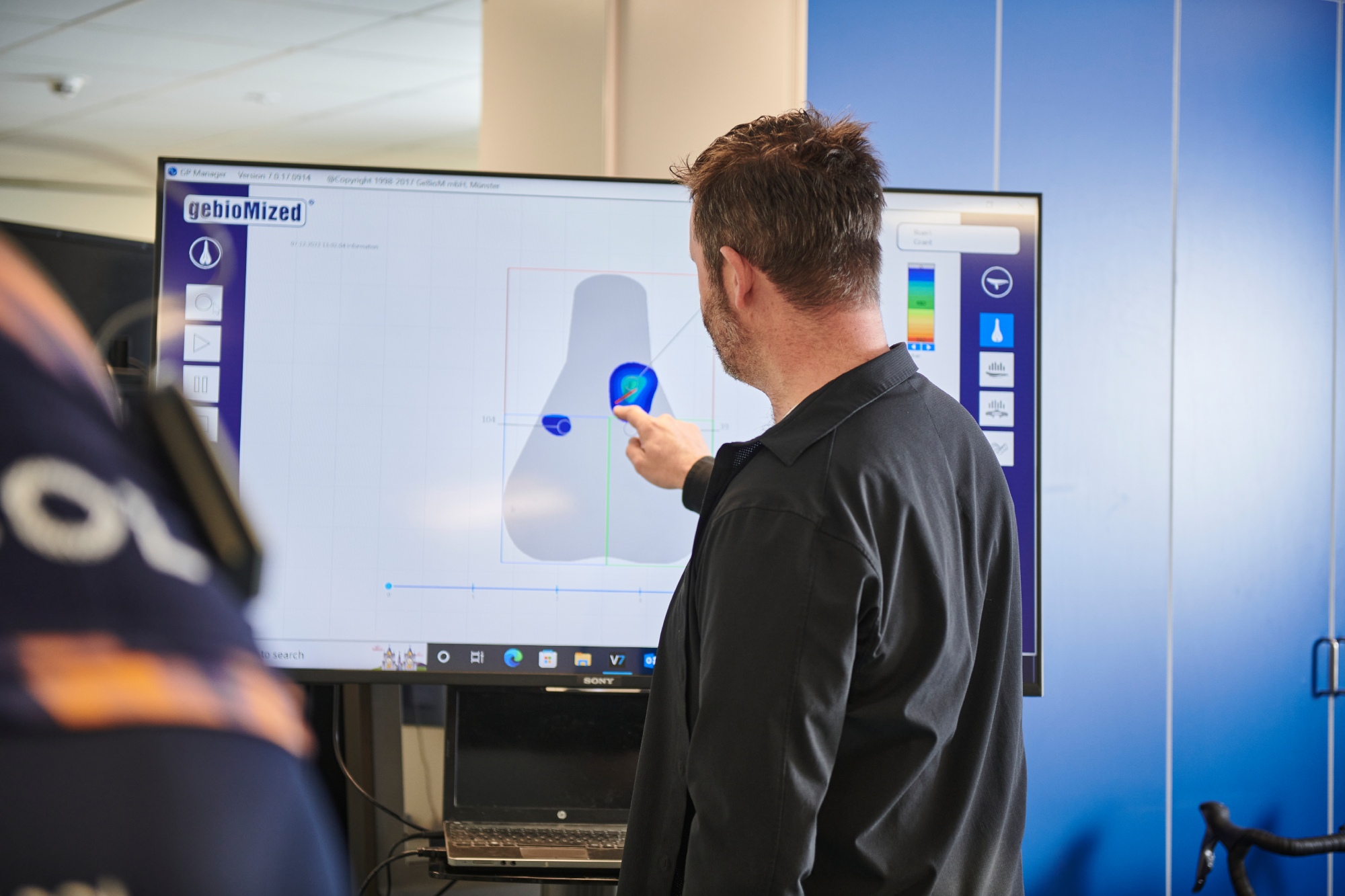
The most major change in bike saddles in recent years has been the proliferation of short-nose saddles. A shorter nose helps some people because having a long saddle nose gives a broader range of options about where exactly to perch. A short-nose saddle supports the sit bones but then, effectively, gets out of the way! The caveat is, the saddle still needs to be positioned correctly. The second big development is 3D-printed saddles, which are making a difference. For indoor cycling, in particular, they offer a significant improvement in ventilation around the groin.
My advice is always to try a few saddles before buying, on the proviso you’re confident your set-up is right. It’s not uncommon for someone to come to me with a bag of 10 saddles, many of hundreds of pounds’ worth, then admit they’ve never had a bike-fit. Unless your saddle is in the right place, it won’t work. If you find yourself continually shifting backwards, you may need a wider saddle. It’s well known that women tend to need wider saddles, but some men do too – a fact not widely understood. Just because you like the look of a narrow saddle, that’s not a good reason for tolerating discomfort.
8. There’s no end of treats for your feet
Just like with saddles, don’t assume your mate’s pedal of choice will work for you. Speedplay used to be seen almost as a medical pedal system to solve physical issues, but they’re much more widely accepted now. Far more pro riders use them nowadays, and they’re a bike-fitter’s friend because they allow so much adjustability. Similarly, Time pedals offer loads of float, so they’re making a comeback. Meanwhile, Shimano offers lots more cleat options these days too.
The best cycling shoes have improved even more significantly. Finding the right shoe is hugely important, for comfort as well as performance and power transfer. Lake and Shimano offer wider fitment options, and the whole industry is offering a wider variety of fit and fastener types. The insole is very important too, and a custom insole is usually a very effective solution for riders suffering from foot discomfort. Try several different pairs before you buy – the one that is most comfortable is the one for you. Too often we dismiss subjective feelings – our intuitive comfort filter – which are actually some of the most reliable guides we have.
9. Fit matters just as much indoors
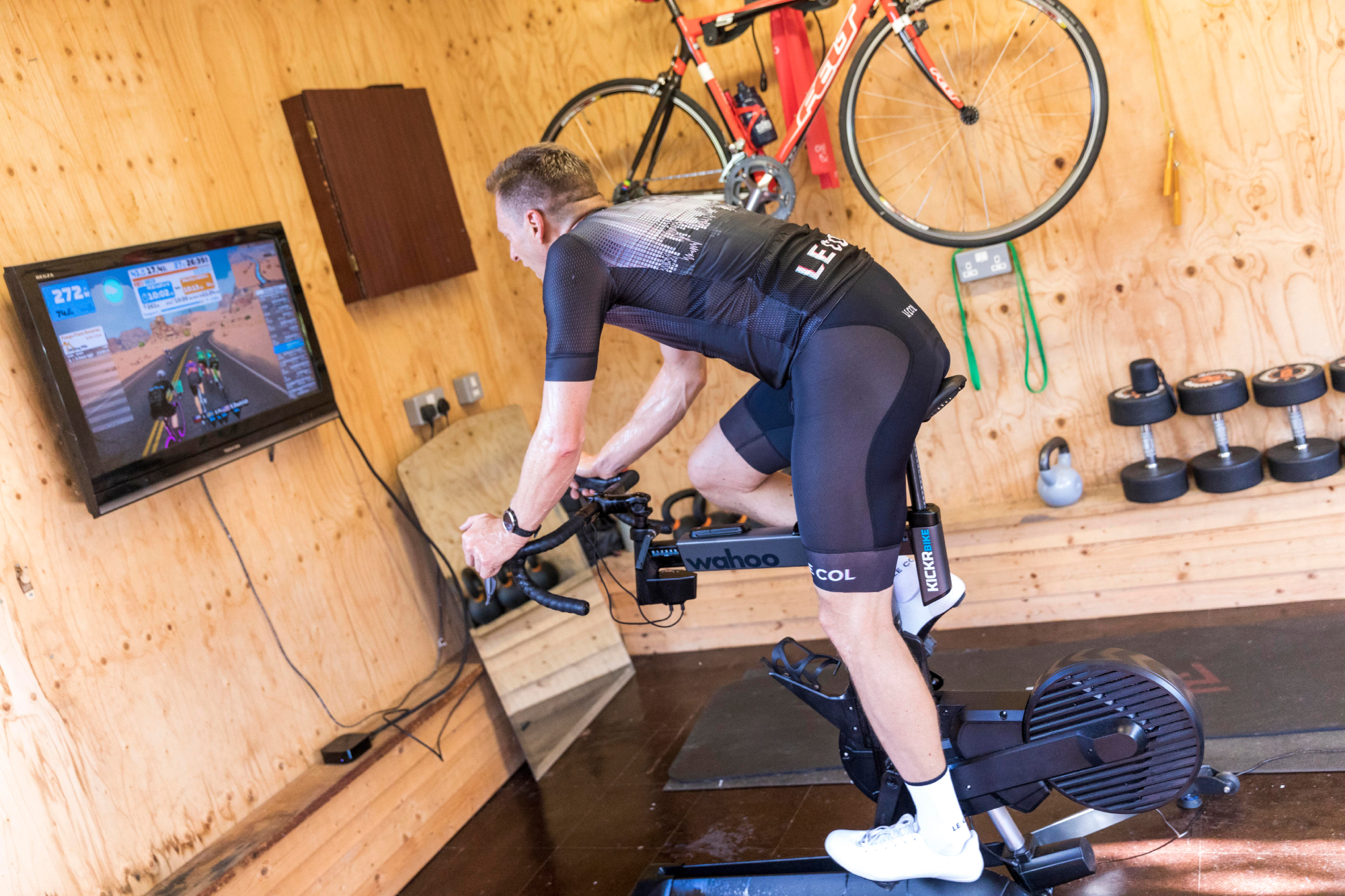
Indoor cycling poses different challenges. When you ride indoors, everything is fixed; your body barely moves and you don’t get mini-breaks to stop pedalling and shift your position. This means that any flaw in the set-up has an amplified effect. Over lockdown, we observed an explosion in riders reporting knee and saddle pain. The combination of heat, water, pressure and friction can break down skin, which explains the saddle issues with indoor cycling.
Simply having a fan pointed at your bottom can make a massive difference. Using the right saddle is even more important indoors. Everything else mentioned above – crank length, pedal set-up, stance width – all become more important if you’re training intensively indoors. Off-bike strengthening work to build resilience can be really helpful too. The advantage indoors – unless you’re intent on training in your outdoor position – is that you can forget about the front-end aerodynamics. Raise the bars for comfort, which opens up the hip without any performance disadvantages. Make it easy for yourself – why wouldn’t you?
10. Off-bike movement work is now mainstream

Training off the bike is much better understood nowadays, and pro riders appreciate the importance of strength work. The difficulty for amateurs is finding the time to put it all together. A well-constructed off - bike programme that you can fit into your schedule is definitely worthwhile. You can include yoga and pilates – anything that helps you move better while improving balance and stability. That said, the gains are very, very hard to quantify so don’t expect miracles. A dynamic warm-up is preferable to static stretching. No one needs to stretch before cycling – there are no proven gains, and you can’t change the actual length of your muscles. When you get back from a ride, doing two or three exercises to open up the hip, put quad tension back to normal, and ease off your back is absolutely worthwhile.
11. Next-gen pads are on the way
Some of the current developments in chammy pad construction and design for the best bib shorts are going to prove very beneficial and will have a big impact on rider comfort in the future. Materials brought over from the medical world are offering big improvements in pressure distribution. I’ve been working with Endura, using silicone elastomers sandwiched between foam or a 3D-printed matrix, and these materials are now coming into play – with customisation options available too. Optimum bike comfort is no longer solely about bike-fit but about getting the best combination of products and fit for you.
If you're looking for a cheaper alternative to an in-person bike fit, there are online services offering virtual bike fits - read our full review of MyVeloFit to find out more about one of the options that we've tested.
